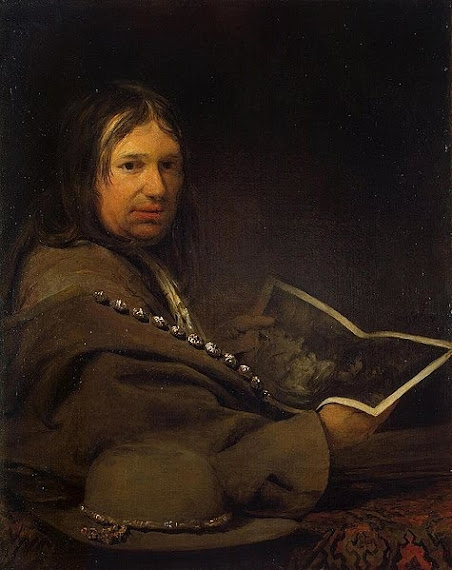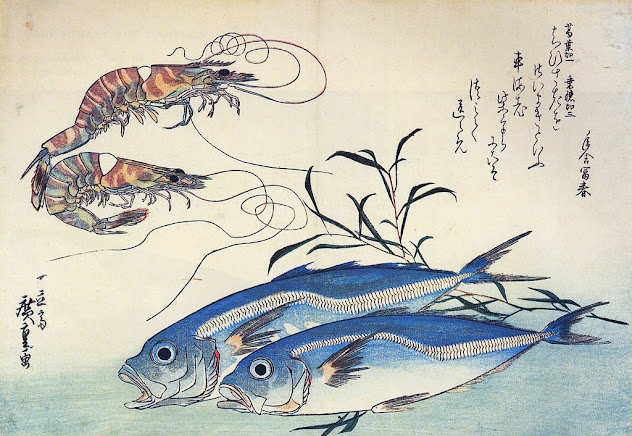Der Einfluss Afrikas in der Moderne, kurz gefasst / Picasso - Matisse - Lipchitz
English/ German see below
The influence of Africa in modernity in short / Picasso - Matisse - Lipchitz
Afirka befolyása a modernben, röviden / Picasso - Matisse - Lipchitz
A művészet története során az afrikai művészet különféle területeken inspirálta az alkotókat. Az afrikai képzőművészet hatásai legnyilvánvalóbban az európai és amerikai modern művészethez kapcsolódnak. (Elöször az európaiakat nézzük meg majd egy külön posztban az amerikaiakat.) Milyen szinten történt ez röviden? Elsöként ki kell emelnünk Pablo Picasso, Henri Matisse és a litván származású szobrász Jacques Lipchitz nevét. Picasso a dogon törzs szertartási maszkjait építette az alkotásaiba többek közt a Les Demoiselles d'Avignon (1907-09) című kubista művébe. Miközben Picasso és Lipchitz az afrikai tárgyak geometriáját és formáit kutatta, adoptálta és alakitotta saját elképzelése szerint addig Henri Matisse, a maszkok tanulmányozása mellett, a szinvilággal és a mintakinccsel is foglalkozott/kisérletezett. Az afrikai törzsek merész élénk színkompozicióit, mintáit, ornamentikáját ötvözve Matisse-nak olyan eredményt sikerült elérni, amelyet a Fauve-féle (vadak müvészcsoport) remekművekben láthatunk,
Míg a 20. század eleji európai modernizmus úttörői ötvözték az afrikai művészetet a festészettel és szobrászattal addig az Atlanti-óceánon túli szobrászok az afrikai totemek és faragványok történetét tanulmányozták. Az amerikai faragók pl. Chaim Gross, William Zorach és Jo Davison a 20. század első évtizedeiben dolgoztak és elkápráztatták a gyűjtőket a közvetlen szobrászat fizikai természetével, látványával. Az akkori amerikai kortars közvetlen faragók/szobrászok ugyanis elutasították a Rodin-féle többlépéses öntött bronz technikát a közvetlen szobrászat javára - de ez egy másik poszt témája lesz. Ime néhány Picasso, Matisse és Lipchitz példa 🙂
Der Einfluss Afrikas in der Moderne / Picasso - Matisse - Lipchitz
Im Laufe der Kunstgeschichte hat afrikanische Kunst Künstler in einer Vielzahl von Stilen und Medien inspiriert. Die Einflüsse der afrikanischen bildenden Kunst sind am offensichtlichsten mit der europäischen und amerikanischen modernen Kunst verbunden. Hier heben wir die Namen von Pablo Picasso, Henri Matisse und dem in Litauen geborenen Jacques Lipchitz hervor. Auf welcher Ebene ist das passiert? Picasso verarbeitete die zeremoniellen Masken des Dogon-Stammes in seinen Werken, zum Beispiel in seiner kubistischen Darstellung Les Demoiselles d'Avignon (1907-09). Während Picasso und der litauische Bildhauer Lipchitz die Geometrie und Formen afrikanischer Objekte erforschten, sie adoptierten und nach eigenen Vorstellungen formten, beschäftigte sich Henri Matisse, neben dem Studium von Masken, auch mit den Farbenwelten und der Ornamentik der afrikanischen Bevölkerung. Durch die Kombination der kühnen, lebendigen Farbkompositionen, Muster und Ornamente gelang es Matisse und seinen Kollegen, ein Ergebnis zu erzielen, das in den Meisterwerken der Fauves zu sehen ist.
Während die Pioniere der europäischen Moderne zu Beginn des 20. Jahrhunderts afrikanische Kunst mit Malerei und Bildhauerei verbanden, beschäftigten sich Bildhauer jenseits des Atlantiks mit der Geschichte afrikanischer Totems und Schnitzereien. Amerikanische Schnitzer z.B. William Zorach, Chaim Gross und Jo Davison arbeiteten in den ersten Jahrzehnten des 20. Jahrhunderts und verblüfften Sammler mit der physischen Natur der direkten Schnitzerei. Die zeitgenössischen amerikanischen direkten Schnitzer / Bildhauer/ lehnten nämlich Rodins mehrstufige Bronzegusstechnik zugunsten der direkten Skulptur ab. Das wird aber ein Thema eines anderen Beitrags sein. Voila einige Picasso, Matisse und Lipchitz Kunstwerk 🙂
The influence of Africa in modernity / Picasso - Matisse - Lipchitz
Throughout art history, African art has inspired artists in a variety of styles and mediums. The influences of African visual arts are most obviously linked to European and American modern art. Here we highlight the names of Pablo Picasso, Henri Matisse, and Lithuanian-born Jacques Lipchitz. At what level did this happen? Picasso incorporated the ceremonial masks of the Dogon tribe into his works, for example in his cubist depiction Les Demoiselles d'Avignon (1907-09). While Picasso and the Lithuanian sculptor Lipchitz explored the geometry and forms of African objects, adopted them and shaped them according to their own ideas, Henri Matisse, in addition to studying masks, also dealt with the colors and ornamentation of the African population. By combining the bold, vibrant color compositions, patterns and ornaments, Matisse and his colleagues managed to achieve a result that can be seen in the Fauves' masterpieces.
While the pioneers of European modernism at the beginning of the 20th century combined African art with painting and sculpture, sculptors on the other side of the Atlantic dealt with the history of African totems and carvings. American carvers such as Chaim Gross, William Zorach and Jo Davison worked in the early decades of the 20th century and amazed collectors with the physical nature of direct carving. Namely, contemporary American direct carvers/sculptors/ rejected Rodin's multi-stage bronze casting technique in favor of direct sculpture. But that will be a topic for another post.
Texet / szövegek: Szilvia Rad
Matisse






























































